Introduction
Fatigue is a pervasive symptom in chronic illnesses, significantly affecting patients’ daily functioning and quality of life. Consequently, the Daily Fatigue Impact Scale (D-FIS), developed by John D. Fisk and Susan E. Doble in 2002, emerges as a critical tool for assessing the impact of fatigue on daily activities over the past 24 hours. The D-FIS has garnered over 200 citations, underscoring its relevance in clinical and research settings. This article explores the D-FIS’s features, applications, and validation, offering actionable insights for researchers and clinicians studying chronic fatigue.
Key Features of the Daily Fatigue Impact Scale
Purpose and Use of Daily Fatigue Impact Scale
The D-FIS is designed to measure the impact of fatigue on daily activities and functioning in adults aged 18 and older. Specifically, it targets patients with chronic fatigue, such as those with neurological disorders like Parkinson’s disease or multiple sclerosis. Moreover, its concise format makes it ideal for both clinical assessments and research studies evaluating fatigue-related interventions.
Target Population
The D-FIS is validated for:
- Young adults (18-24 years)
- Middle-aged adults (25-44 years)
- Older adults (45-64 years)
- Seniors (65+ years)
- Patients with chronic fatigue, particularly in neurological conditions
Structure of Daily Fatigue Impact Scale
The D-FIS comprises 8 questions divided into three subscales:
- Cognitive Scale (4 items): Assesses fatigue’s impact on decision-making, concentration, slow thinking, and alertness.
- Psychosocial Scale (1 item): Evaluates reduced work capacity due to fatigue.
- Physical Scale (3 items): Measures limitations in physical tasks, effort, and motivation.
Scoring Method
The D-FIS employs a 5-point Likert scale for each question (0 = No problem, 1 = Small problem, 2 = Moderate problem, 3 = Big problem, 4 = Extreme problem). A global score is then derived by summing the ordinal scores from each item. The total score ranges from 0 to 32, Although specific cut-off scores are not defined, higher scores reflect a more significant impact of fatigue on daily functioning. For instance, clinicians can use the total score to gauge the severity of fatigue’s interference with cognitive, psychosocial, and physical domains. This straightforward scoring method ensures ease of use and consistent interpretation.
Administration Format and Time
The D-FIS is versatile, supporting multiple administration formats:
- Paper-based
- Digital (online)
- Interview (in-person)
- Phone/video call
Its self-administered nature requires no specialized training, enhancing its usability in diverse settings. Patients typically take less than 5 minutes to complete the D-FIS, which makes it highly feasible for use in clinical and research settings.
Applications of the Daily Fatigue Impact Scale
The D-FIS serves multiple purposes in clinical and research contexts:
- Screening: Identifies patients experiencing significant fatigue-related impairments.
- Monitoring: Tracks changes in fatigue’s impact over time, especially during treatment.
- Research: Widely used in studies evaluating fatigue in chronic conditions, supporting evidence-based interventions.
For example, its concise nature (completion time: less than 5 minutes) makes it practical for busy clinical settings, while its robust validation supports its use in longitudinal research.
Languages and Availability
To ensure global applicability, the D-FIS is available in multiple languages, including:
- English
- Spanish
- French
- Russian
- Italian
- Dutch
- Arabic
As well as Hebrew and Swedish, additional translations may be available with author permission, enhancing its utility in diverse research settings.
Reliability and Validity
The D-FIS is highly reliable and valid, with a Cronbach’s alpha of 0.90, indicating strong internal consistency. Key validation studies include:
- Fisk and Doble (2002): The original study validated the D-FIS for daily administration in chronic illness populations, demonstrating its robustness (PubMed). Study link.
- Martinez-Martin et al. (2006): Confirmed the D-FIS’s applicability in Parkinson’s disease, highlighting its sensitivity to fatigue’s impact (PubMed). Study link.
- Serrano-Dueñas et al. (2018): Validated the D-FIS’s metric properties in Parkinson’s disease, emphasizing its role in quality-of-life assessments. Study link.
These studies affirm the D-FIS’s reliability across neurological conditions, making it a trusted tool for researchers.
Other Versions and Related Questionnaires
For researchers and clinicians interested in broader fatigue assessment, it is important to acknowledge that the D-FIS is part of a family of related questionnaires. These include the original, longer Fatigue Impact Scale (FIS) and the Modified Fatigue Impact Scale (MFIS), which comprises 21 items. Another related tool is the Fatigue Severity Scale (FSS), which offers a complementary perspective on fatigue.
Cost and Licensing of Daily Fatigue Impact Scale
The D-FIS is a proprietary questionnaire, the D-FIS is free for non-commercial use, with permission required for commercial applications. This accessibility ensures researchers and clinicians can adopt it without financial barriers.
Limitations and Considerations
However, despite its strengths, the D-FIS has a few limitations:
- Self-report measure: Since it is a self-report measure, respondents may be influenced by social desirability bias or personal interpretation.
- Narrow Focus (Limited Domains Covered): The D-FIS primarily focuses on the functional impact of fatigue on daily activities, rather than delving into the underlying causes or perceived severity of fatigue itself. It may not capture all psychological factors, especially in patients with fluctuating symptoms.
Additional Resources
- Access the original validation study here.
- Download the questionnaire as PDF.
- For inquiries, contact John D. Fisk, PhD: John.Fisk@cdha.nshealth.ca.
- For additional resources, consult the official source: link.
Frequently Asked Questions (FAQ)
- Who can use the D-FIS?
Clinicians, researchers, and healthcare providers use the D-FIS for patients aged 18 and older with chronic fatigue. - How long does it take to complete the D-FIS?
Patients typically complete the D-FIS in less than 5 minutes, making it practical for clinical and research settings. - How is the D-FIS administered?
The questionnaire can be administered via paper, digital, interview, or phone/video call formats, offering flexibility. - Is there any cost to using the D-FIS?
The D-FIS is free for non-commercial use. Permission is required for commercial or funded academic projects.
A word from ResRef about daily fatigue impact scale
The D-FIS is a concise and reliable tool for assessing the daily impact of fatigue in chronic conditions. It is short, practical for clinical use, and well-validated in neurological disorders. However, it only assesses daily functional impact, not severity or causes of fatigue. Consequently, it leads to better outcomes and informed treatment decisions.
References
- Fisk JD, Doble SE. Construction and validation of a fatigue impact scale for daily administration (D-FIS). Qual Life Res. 2002 May;11(3):263-72. doi: 10.1023/a:1015295106602. PMID: 12074263. Link.
- Martinez-Martin P, Catalan MJ, Benito-Leon J, Moreno AO, Zamarbide I, Cubo E, van Blercon N, Arillo VC, Pondal M, Linazasoro G, Alonso F, Ruiz PG, Frades B. Impact of fatigue in Parkinson’s disease: the Fatigue Impact Scale for Daily Use (D-FIS). Qual Life Res. 2006 May;15(4):597-606. doi: 10.1007/s11136-005-4181-0. PMID: 16688493. Link.
- Serrano-Dueñas M, Bravo R, Merchán T, Serrano M. Fatigue in Parkinson’s disease: Metric properties of the fatigue impact scale for daily use (D-FIS), and its impact on quality of life. Clin Neurol Neurosurg. 2018 Jun;169:12-15. doi: 10.1016/j.clineuro.2018.03.020. Epub 2018 Mar 22. PMID: 29597014. Link.



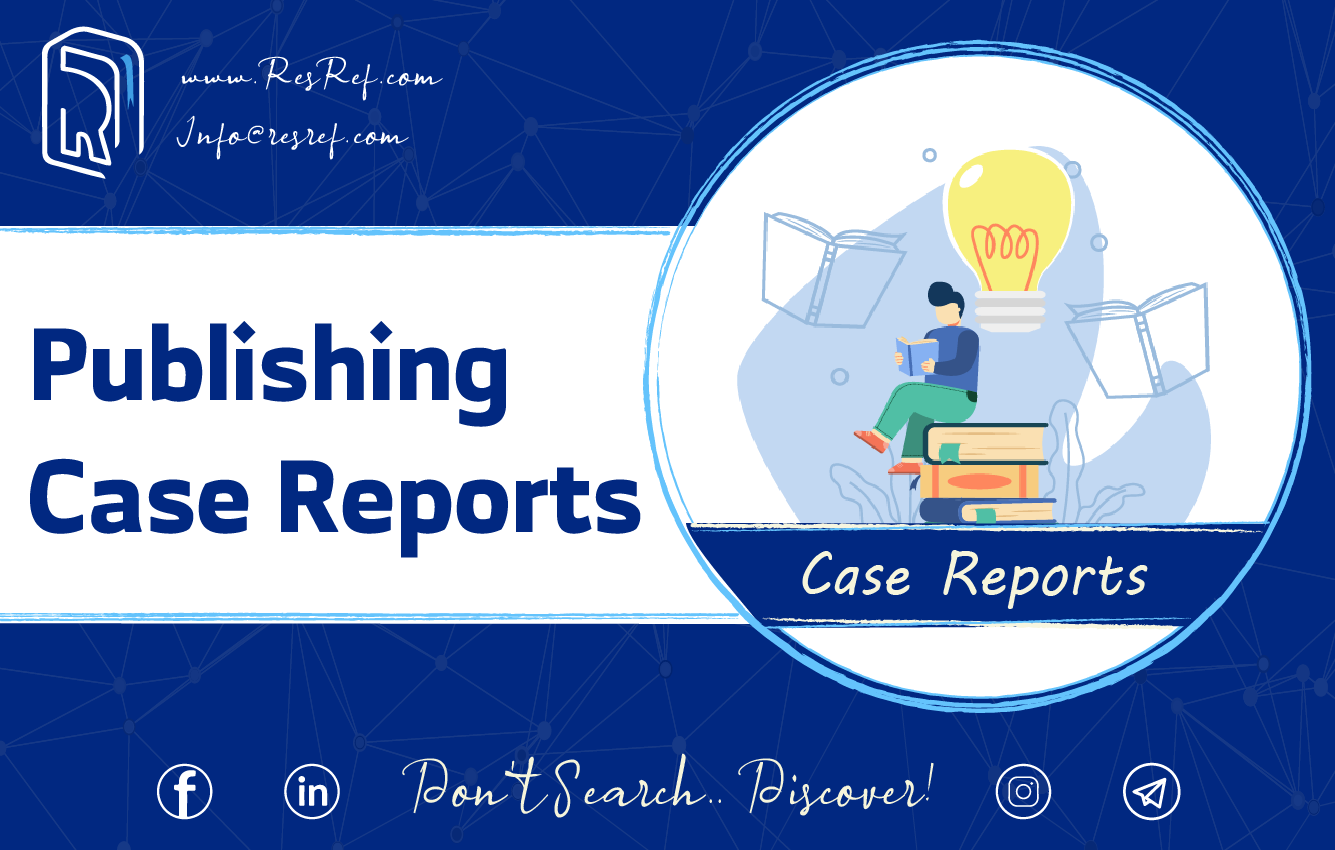
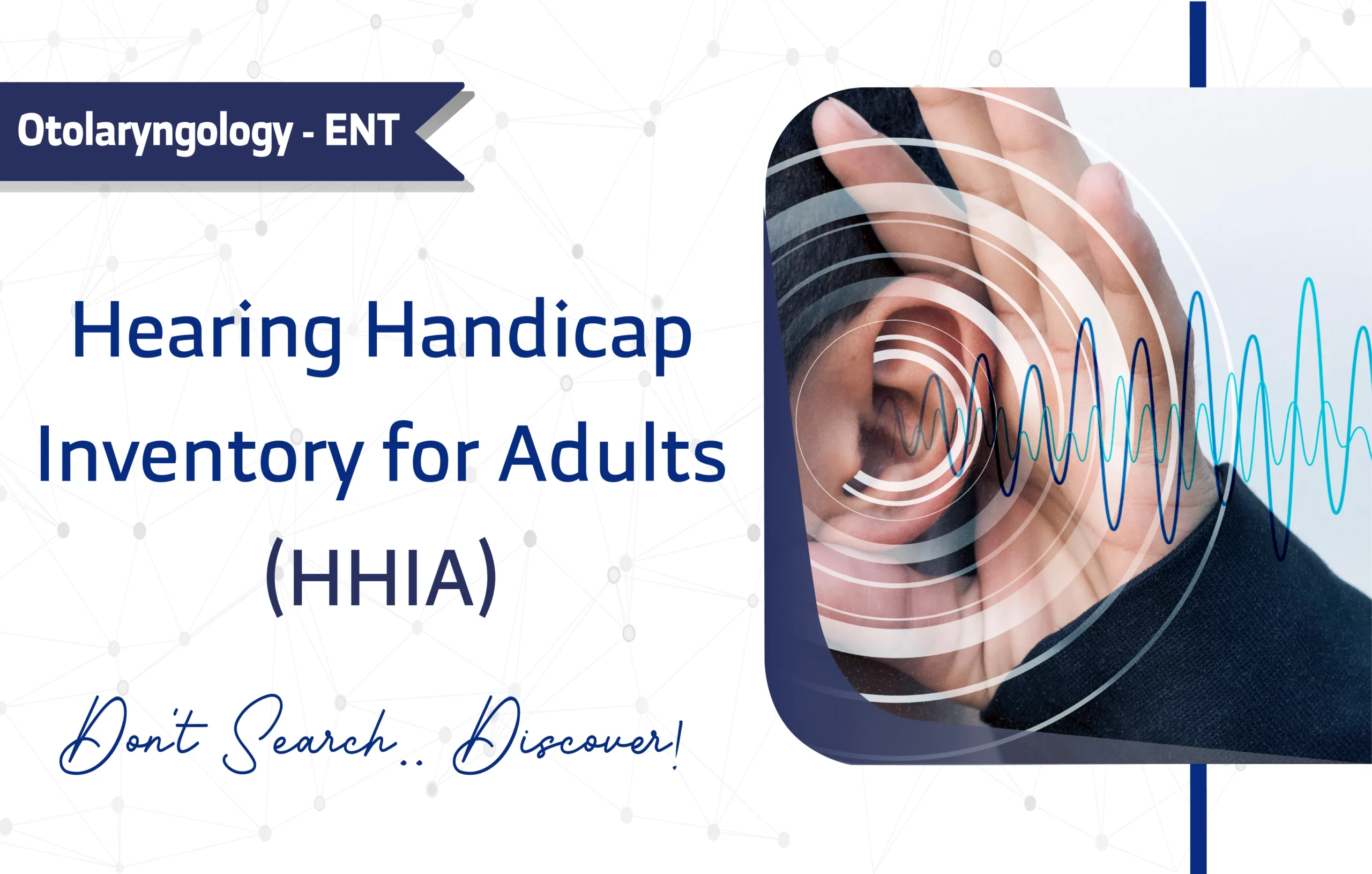
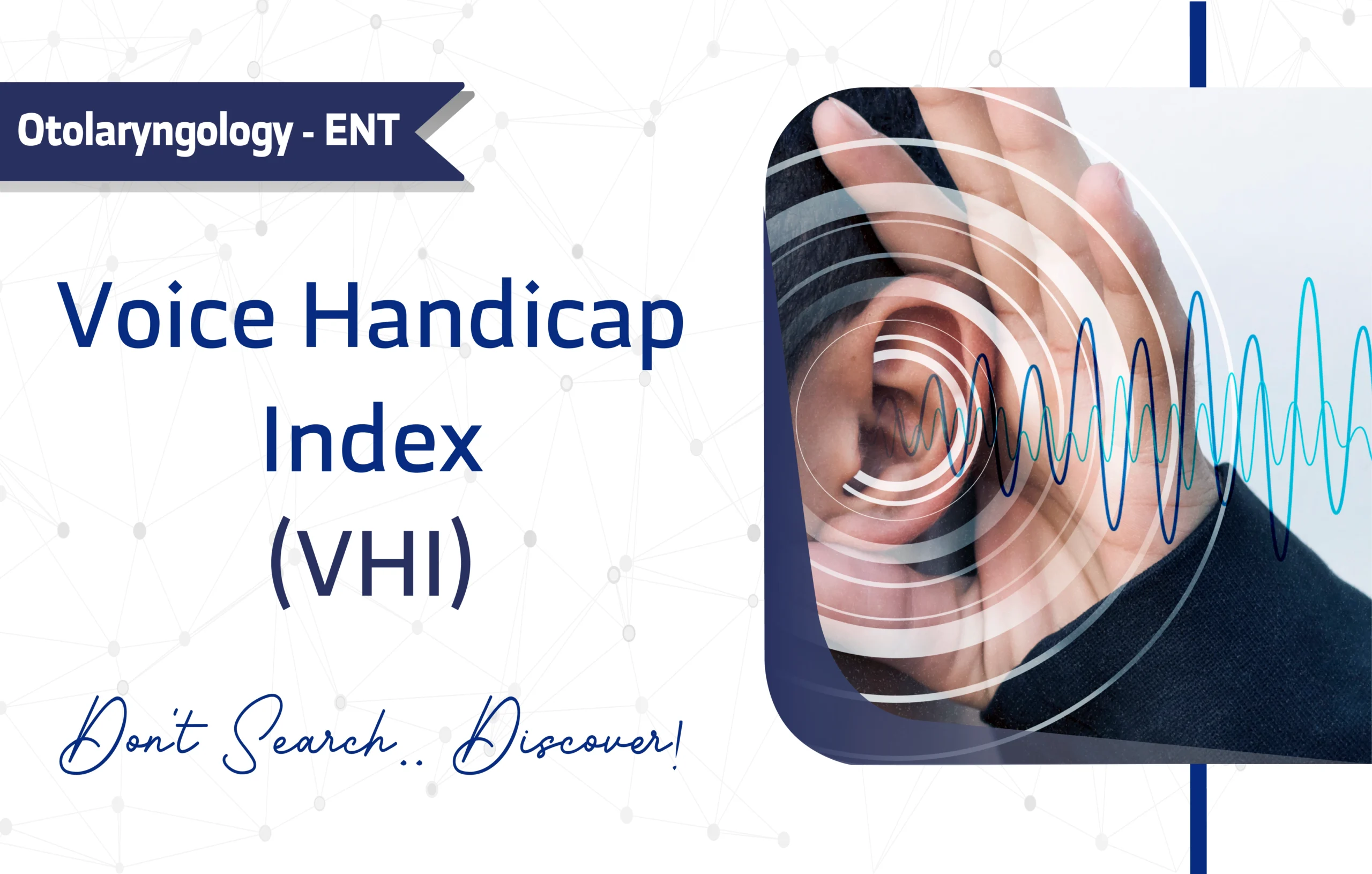
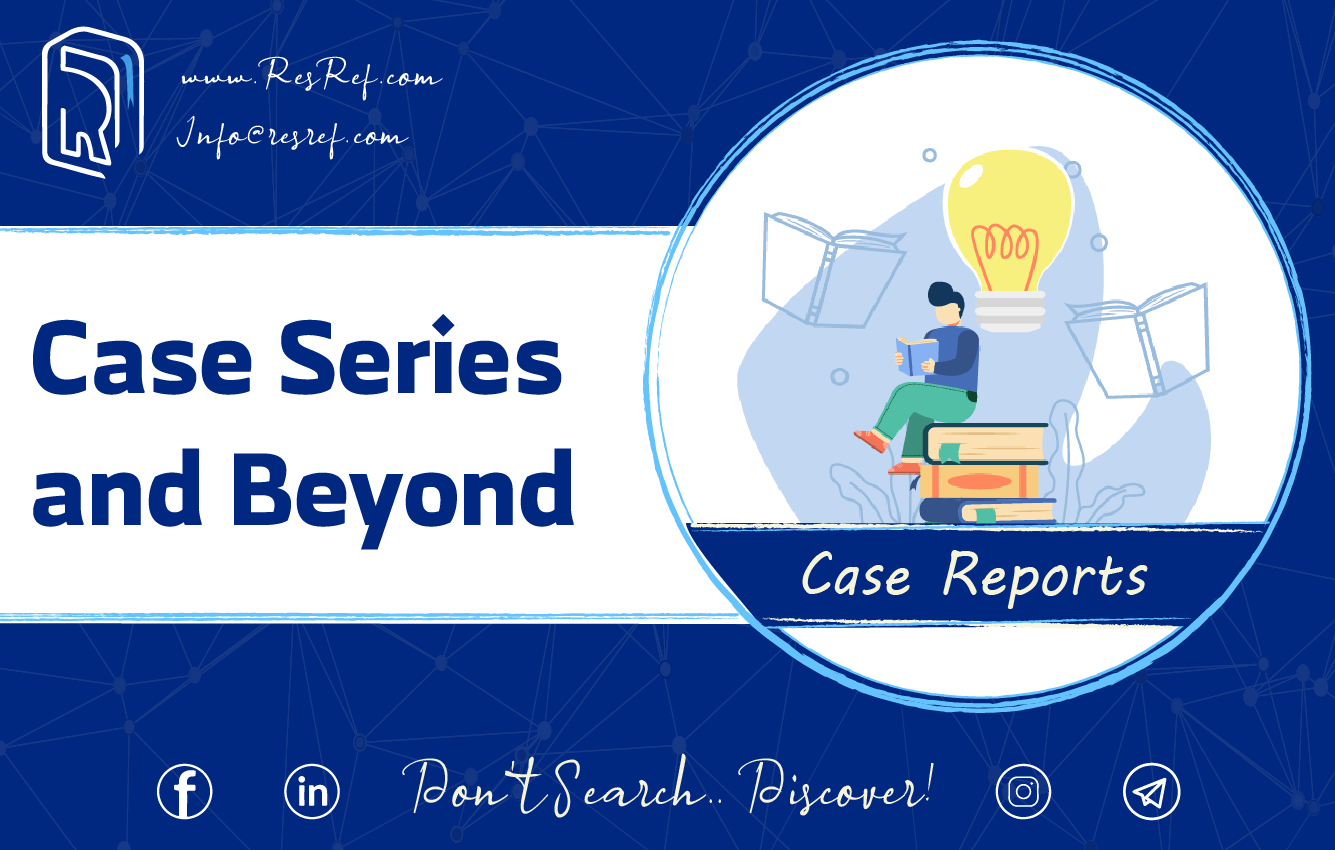

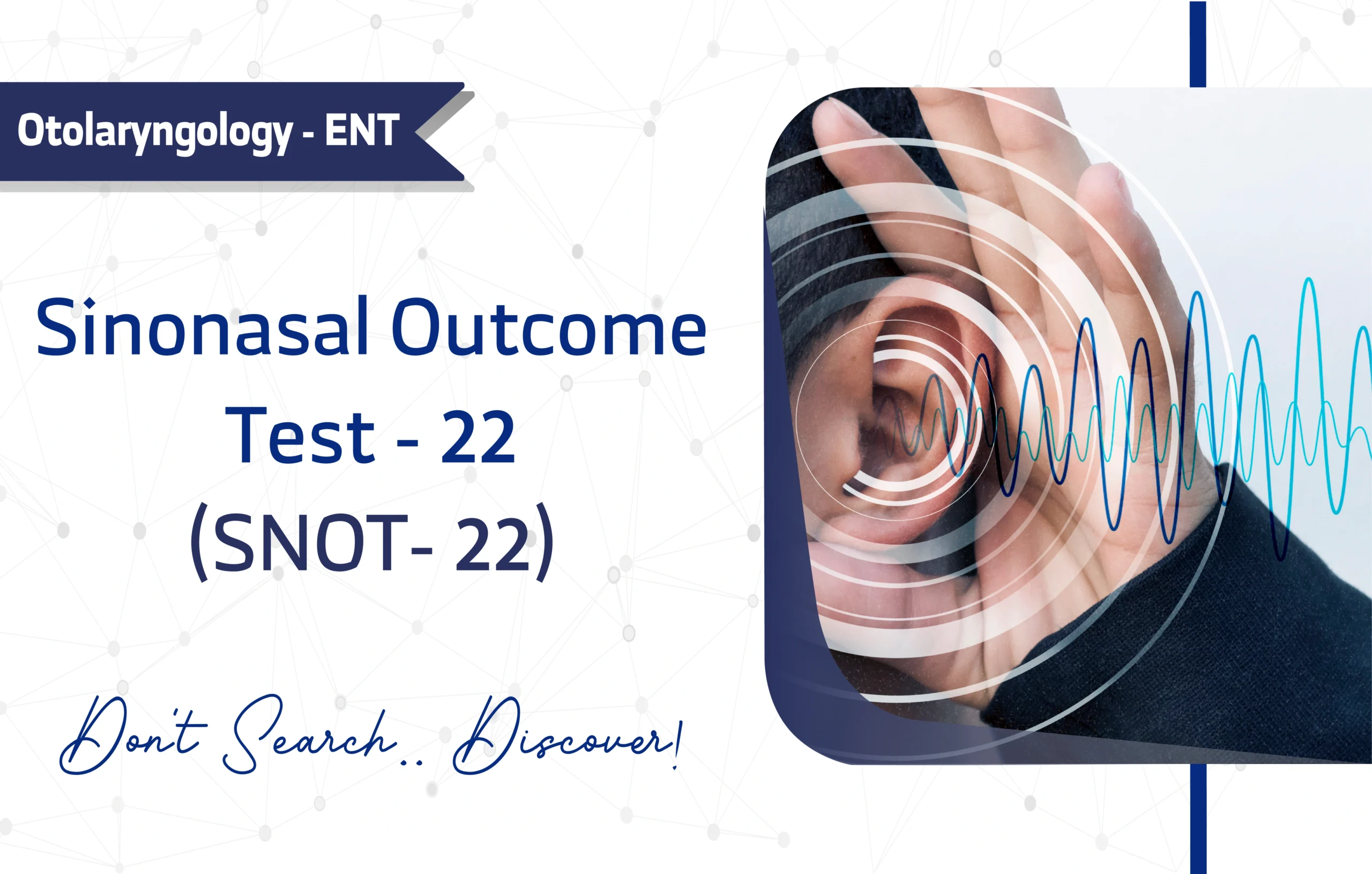
2 thoughts on “The Daily Fatigue Impact Scale (D-FIS): A Guide for Researchers and Clinicians”
Hi there, You have done an incredible job. I will definitely dig it and personally recommend to my friends. I am sure they will be benefited from this web site.
Amazing work as usual. Keep it up.